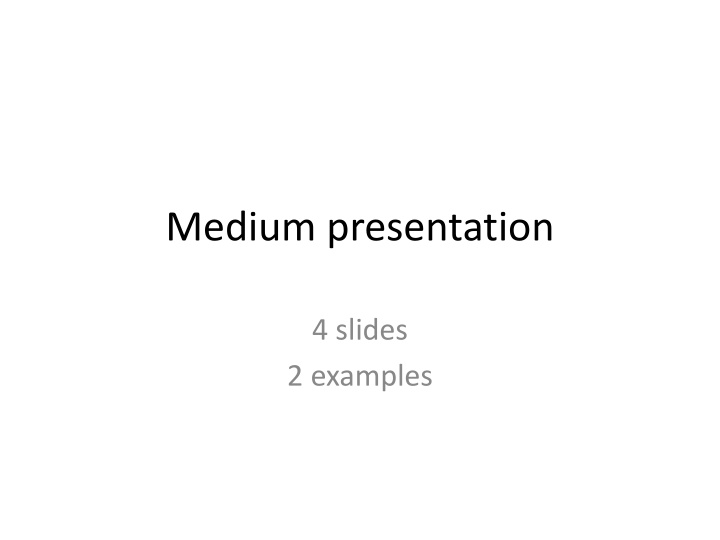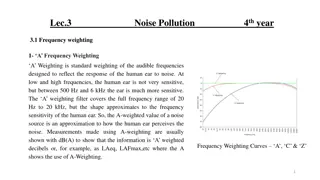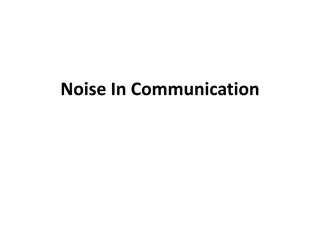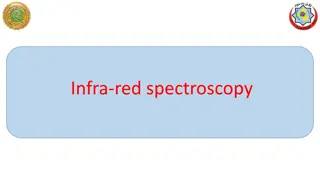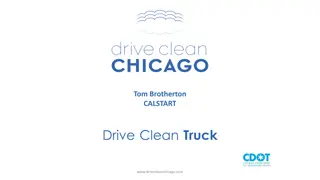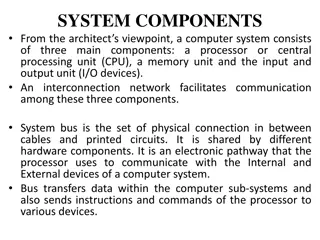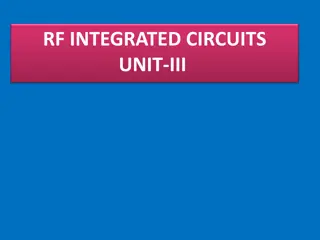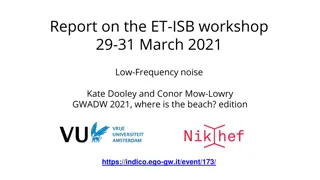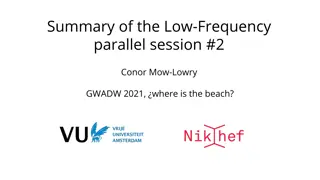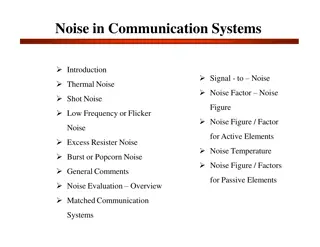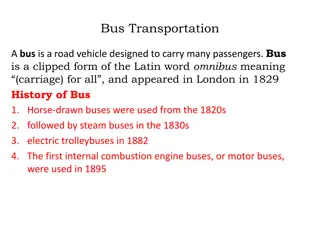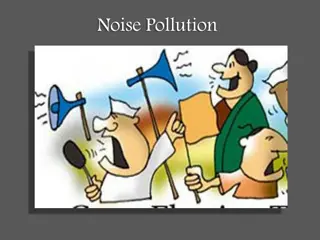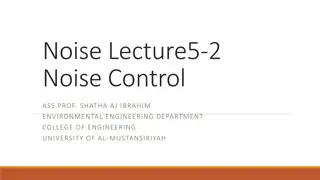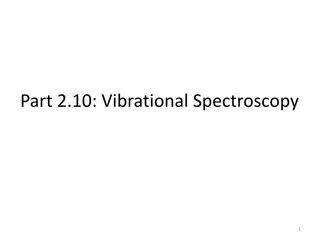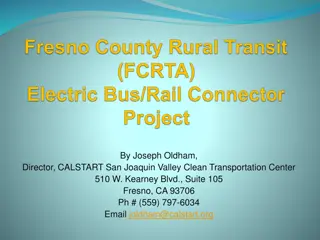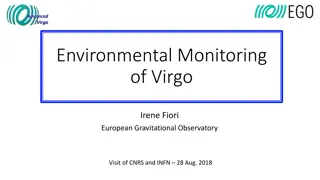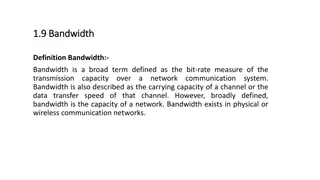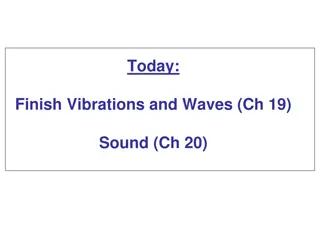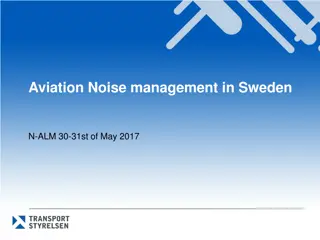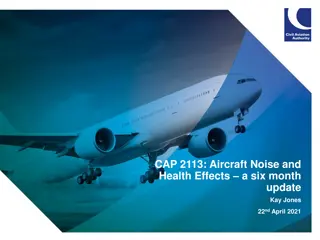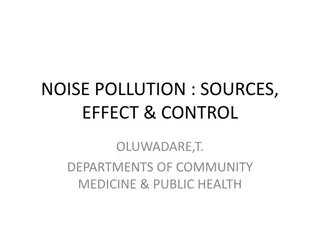Reducing Noise and Vibrations in Buses: Industrial Solutions and Mathematical Modeling
This presentation explores the industrial problem of reducing noise and vibrations in buses, focusing on the case of Castrosua firm. It covers mathematical engineering solutions, challenges, goals, applied methods, results, and benefits for the company. The second example delves into predicting pollution episodes at a power plant, highlighting optimization modeling, statistics, and applications by Endesa Generación. Both cases showcase real-world applications of mathematical and computational techniques in the industrial sector.
Download Presentation

Please find below an Image/Link to download the presentation.
The content on the website is provided AS IS for your information and personal use only. It may not be sold, licensed, or shared on other websites without obtaining consent from the author.If you encounter any issues during the download, it is possible that the publisher has removed the file from their server.
You are allowed to download the files provided on this website for personal or commercial use, subject to the condition that they are used lawfully. All files are the property of their respective owners.
The content on the website is provided AS IS for your information and personal use only. It may not be sold, licensed, or shared on other websites without obtaining consent from the author.
E N D
Presentation Transcript
Medium presentation 4 slides 2 examples
REDUCTION of NOISE and VIBRATIONS in BUSES The Industrial Problem The firm Castrosua was interested in reducing noise inside the passengers cabin, and minimizing the vibrations supported by the structure of their vehicles. Mathematical Engineering To tackle problems relating to the simulation of devices and industrial processes, from mathematical modeling to the development of software packages. Research group Carrocera Castrosua Dedicated to build bus bodies. Aims, among other things, to improve vehicle comfort and reliability. Company
REDUCTION of NOISE and VIBRATIONS in BUSES Challenges & Goals To increase the comfort and reliability of passengers in buses. To evaluate vibro-acoustic properties in new vehicles. To reduce noise inside the passengers' cabin. To minimize vibrations supported by the structure of their vehicles. To reduce costs in resources, and in time. Geometry (left) and mesh (above) of the bus structure
REDUCTION of NOISE and VIBRATIONS in BUSES Mathematical and computational methods and techniques applied Mathematical modelling of the vehicle, both passenger cabin, and beams and plates structure. Finite element methods to obtain an approximate solution of both the sound pressure in the passenger cabin and the displacements in the structure. Numerical simulations aimed to assess the effectiveness of a variety of geometric configurations, different materials, etc. Numerical simulation of the fluid pressure at a frequency of 500 Hz after applying passive coatings Numerical simulation of the fluid pressure at a frequency of 500 Hz
REDUCTION of NOISE and VIBRATIONS in BUSES Results & Benefits to the company Different passive coatings of absorbent materials. Variety of geometric configurations. A new vehicle configuration with new materials and a distribution of patches of absorbent multilayer materials. acoustic solutions based on Numerical simulation of the acoustic-structural model The company has a calculation methodology to predict, design and optimize the acoustic behavior of their vehicles Informaci n
PREDICTION of POLLUTION EPISODES at a POWER PLANT The Industrial Problem As Pontes power plant was interested in controlling the environmental consequences of their power plant by predicting a contamination event around the power plant. Optimization Modelling, Decision, Statistics and Applications Statistical modelling, data analysis and optimization with software development for industrial applications and efficient resource management. Research group Endesa Generaci n Endesa is an energy sector operator and provider of associated services, focused on electricity. Company
PREDICTION of POLLUTION EPISODES at a POWER PLANT Challenges & Goals To prevent pollution episodes and subsequent ecological fines. To reduce the emission of gases to the atmosphere. To control the inmission or deposition at ground level of the chemical compounds. To generate automatic predictions in short periods of time. To design predictors for continuous, binary and space-like response. Outline of the SO2 contamination process
PREDICTION of POLLUTION EPISODES at a POWER PLANT Mathematical and computational methods and techniques applied Methods for predicting using semiparametric time series. Prediction methods with binary response based on generalized linear models (GLM). Prediction methods with multidimensional response and cointegration. Methods for predicting using spatial tecniques. Prediction methods based on neural networks. Prediction methods with functional data (FDA). Spatial prediction of SO2 concentration levels in thermal power stations
PREDICTION of POLLUTION EPISODES at a POWER PLANT Results & Benefits to the company SIPEI, a developed computer program, produces predictions of gases levels half an hour before they are thrown to the environment. 25 years of a successful collaboration between the Department of Statistics and Operations Research of the University of Santiago de Compostela and As Pontes power plant on environmental modeling and control. Staff and researchers formation: 6 thesis, more than 20 publications in high impact journals. SIPEI, main window The company has a computer program to predict a contamination event adapted to current legislation Informaci n
